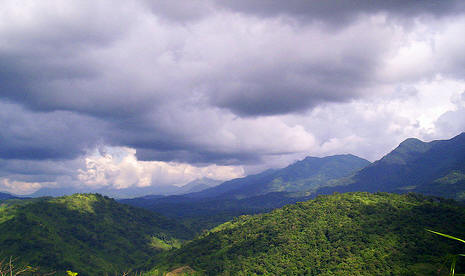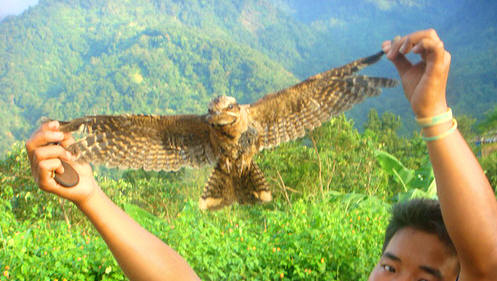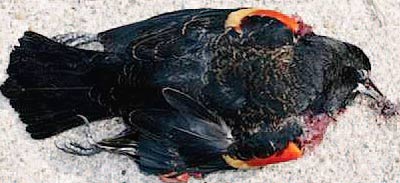It is one of the unresolved mysteries of nature why this place named, Jatinga, in the North-East India region attracts birds from high sky to the ground on special weather conditions and the birds of various species fall prey to hunters and tribal villagers! Jatinga is a small village in the North-Cachar Hills of Assam where few thousands villagers of the Jayantia tribe live.
Jatinga was first inhabited by a tribe called Zeme Nagas in 1890 under the discretion of the Dimasa king who was the sovereign ruler. They were the first to witness the mystery when their camp fires attracted various birds. They considered this as the act of some evil spirits and the frightened tribes deserted the settlement. The Jaintias, who moved in around 1905 under their leader Lakhanbang Suchiang, tumbled upon the mystery while venturing into the valley at night with lightedtorches to round up stray cattle. The bamboo torches attracted showers of birds which the Jaintias regarded as a “gift of God”. The first mention of this mystery is found in the Wild Life of India (1957) by the British tea planter andorinthologist E.P. Gee. “The whole thing is extraordinary” Gee wrote. He notedthat the bird death took place only at this spot. Even when lights were put up in nearbyplaces, the phenomenon did not occur. He also noted that some conditions are necessary for the phenomenon to take place. In the following years, this phenomenon was referenced as “Birds committing suicide”.
This mysterious phenomenon takes place only in the later days of rainy season from September to November. During moonless and foggy dark nights between 6 p.m. and 9:30 p.m., flying birds come crashing to the ground with no prior warning whatsoever. Curiously, most of the doomed birds do not attempt to fly away after they land near the lights. They look dazed and disheveled, perhaps due to the trauma of the whole shocking experience. This is not confined to a single species but around 50 birds species fall prey to this nature’s mystery. Tiger Bittern, Black Bittern, Little Egret, Pond Heron, Indian Pitta and Kingfishers are some of the species to name.
Another interesting point is that, this phenomenon does not occur in the whole valley but only in a well-defined strip, 1.5 km long and 200 mts. wide. Invariably the birds come in only from the north and attempts at placing the lights on the southern side of the ride to attract the birds have failed. Another fact is that no long distance migratory bird gets attracted to the light traps. Some common resident birds like grouse, hornbills and imperial pigeons do not get caught at Jatinga. The directionless, hapless birds fall prey to the villagers after they land into the ground.
Various studies have been conducted to unravel the causes behind this phenomenon. But the root cause of this mysterious behaviour of the birds is not yet determined. Conservation groups and wildlife officials in India have taken steps to prevent this wanton killing of the birds, creating awareness in the illiterate villagers. Since then, the amount of birds killed have decreased by about 40 percent. However, there is still need of more research to unravel the real cause behind this un-natural phenomenon.








Recent Comments